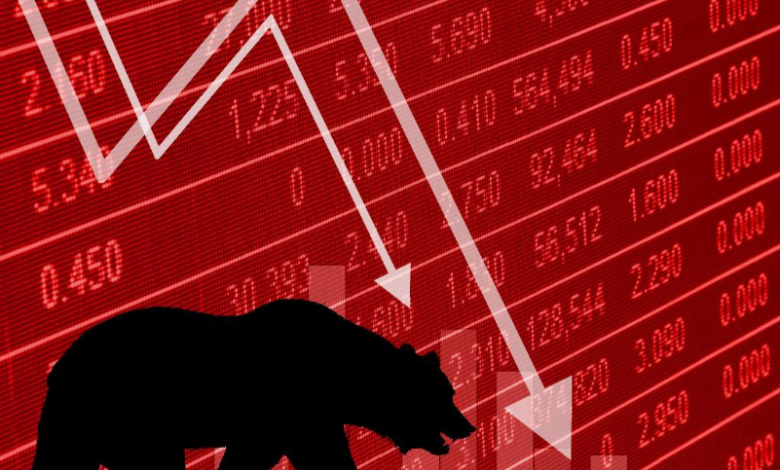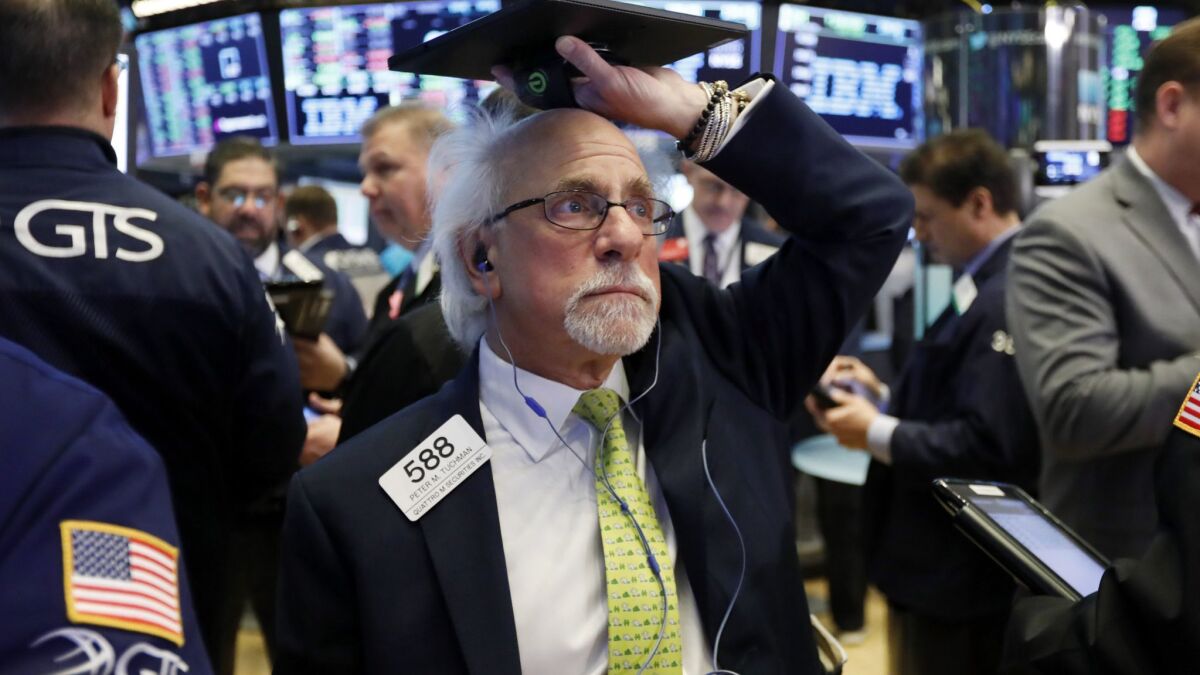Volatile Markets Hit Dalal Street, Leaves Investors Running for Cover; What are the Best Sectors to Invest in & How to Work a Financial Portfolio?

Volatility in markets has hit Dalal Street, and the investors at the moment are a worried lot.
Dalal Street, at present, is witnessing the kind of havoc that may very well be a scene out of a movie. A bear of gigantic proportions is loose and is creating havoc within its streets even as people (investors) run for cover!

Things have not been that rosy in the stock markets; September was a volatile month for equities, while 60,000 on Sensex proved to be resistance; the same cannot be said for Nifty50, wherein 18000 proved to be a big hurdle.
October has not proved to be any better; following the turmoil in September, the markets continue to be volatile, leaving investors in an uproar.
Contributors to Indian Markets Volatility
One of the major contributors to the Indian market acting out is the high dollar, which is a result of aggressive monetary tightening. Another contributor is the fact that the global economy is on a downturn, and rising demand from cautious investors is further complicating the global equity market. Around the world, Central Banks have raised interest rates to counter rising living costs.
India is also witnessing complications because of the global markets since it has weakened the Indian Rupee, INR, rising bond yields and dull economic forecast trends among Asian countries are also hitting the Indian markets.
India, too, has recently faced a rise in Repo Rate by the RBI, inflation is still on the rise, and domestic investors cannot ignore this fact.
The Indian rupee has lost both internal and external value may challenge macro stability. Irrespective that the Indian economy is growing at a decent pace; however, the sluggish export markets will have an impact on the Indian economy as well.
Gold buying in Festive Season sees a Slump.
With the festive season upon us, buying gold is a long-drawn trend that has existed as part of the Indian tradition; yellow metal prices witness an upward trend during this time. However, gold prices have fallen both in global and domestic prices.
Global prices of gold have fallen 20 per cent since reaching $2000 in March; furthermore, following US Fed’s rapid monetary tightening has made non–yielding gold less attractive. Gold seems to have lost its shine after the global market corrections and the high dollar index.
Returning to India, until last week, gold dealers in India were offering a discount of up to $2.5 per gram over official domestic prices. Discounting gives a picture of the mood in the markets and amongst investors.
Where to Invest, and What’s the Best Bet for Investors?
Irrespective of the hike in interest rates, it does not have the same impact on all sectors and industries alike. Hence, therein lies a possibility to invest in that are less vulnerable to rate hikes.
Volatility on Dalal Street has left investors to hedge in Pharma and FMCG names. These are often considered defensive bets against the fluctuations in global macros.
Both Pharma and FMCG show attractive valuations, robust sales expectations and a favourable risk-reward scenario, which is already drawing savvy investors to these sectors.
Nifty Pharma and FMCG were among the three sectoral indices that registered gains in the last month, rising 3.5%Which Sectors are Likely to Go Upward and Which Sectors are likely to be Down
- Capital–intensive industries – Capital goods and infrastructure are likely to be volatile and more affected in comparison to IT and Services.
- Rising interest rates may prove advantageous to the Banking industry. As a result of the economic recovery, an increased Capex push, and retail credit push, banks are expected to expand in the coming years.
The banking sector in the last couple of years has witnessed underperformance in the overall market; issues such as slow bank credit growth and asset quality pressure were the main hindrances in the performance of this sector.
In recent years Bank credit growth has been subdued due to weak demand and balance–sheet constraints.
- Over a period of one year, Pharma stocks and funds have delivered a negative return to investors at 11%. However, despite underperforming last year, the pharma sector is expected to be well on track and continue its upward trend over the next five years.
- Indian Retail sales data so far show a significant increase in consumption this year.

Pharma Sector, FMCG Sector – Positive
Most analysts are of the opinion that the markets have considered the scenario panning out in the US economy; the recession seems to be the outlook. If the situation were to pan out indeed, the markets might witness sharp drawdowns. Hence, it is advisable to partly park funds in Pharma and FMCG sectors.
Foreign portfolio investors pumped in Rs 2,765 crore in FMCG stocks in September, the highest inflows last month, while they bought healthcare stocks worth Rs 1,833 crore.
According to most analysts, Pharma and FMCG are two sectors that are still available cheap even in these overvalued markets.
The reason for the favourable response to both sectors is that these are the two sectors that are not impacted by interest rate hikes. If inflation comes under control (going by RBI’s mandate), then a lot of the products that these sectors produce will be within the range of consumers, hence having a positive effect on the two industries.
While the two sectors have been underperforming in the recent past, the worst for both sectors, according to analysts, is over and now the only way for them is to go up.

Working out the right portfolio mix
There is potential in investing in international markets as some global markets have a low correlation with Indian markets.
Almost 95% of investors lose out on wealth generation outside of their home countries, and it is safe to say that every country has its own economic cycles; hence having a small portion of your financial portfolio targeting outside of India helps mitigate country risk and add to the portfolio yield when domestic markets are down.
One can also consider having some exposure to international funds once your domestic portfolio has adopted a well-diversified mix. Ideally, according to most financial planners, an average investor should take 5 – 10 per cent exposure to international funds.
Also, investing with a long-term horizon in equity or equity mutual funds is one of the best ways to defeat inflation. Financial planners advise the 50:30:20 rule in financial planning. Wherein – 50% stands for “needs”, 30% stands for “wants”, and 20% for your “financial goals”.
Conclusion: Dalal Street may be a very hot turf at the moment; however, it does have some options too. Both Pharma and the FMCG sector have been the chosen sectors to invest in because of the low risk they offer and also because, from the 3 – 5 year horizon, these sectors have the most potential to grow.
edited and proofread by nikita sharma






